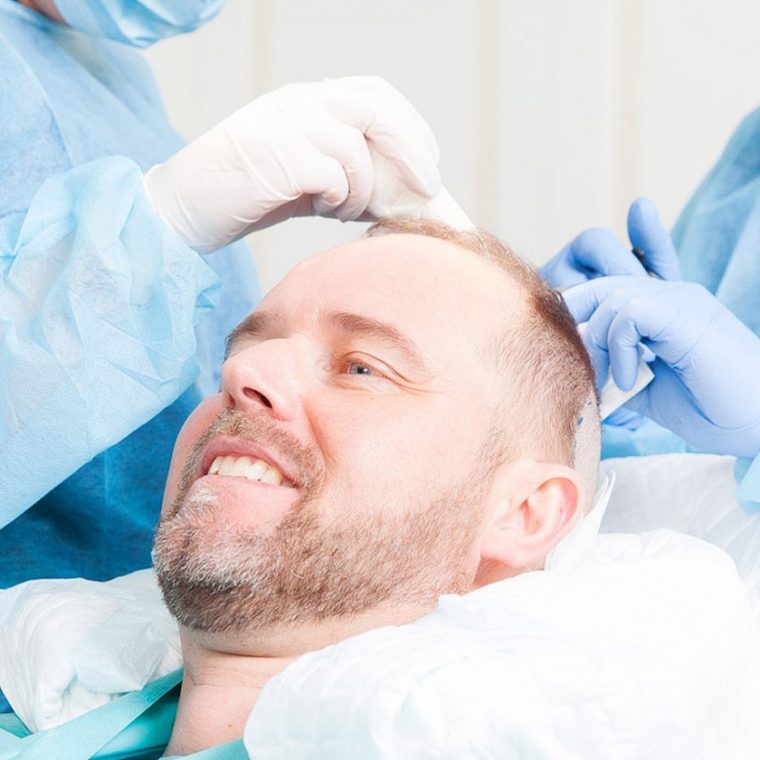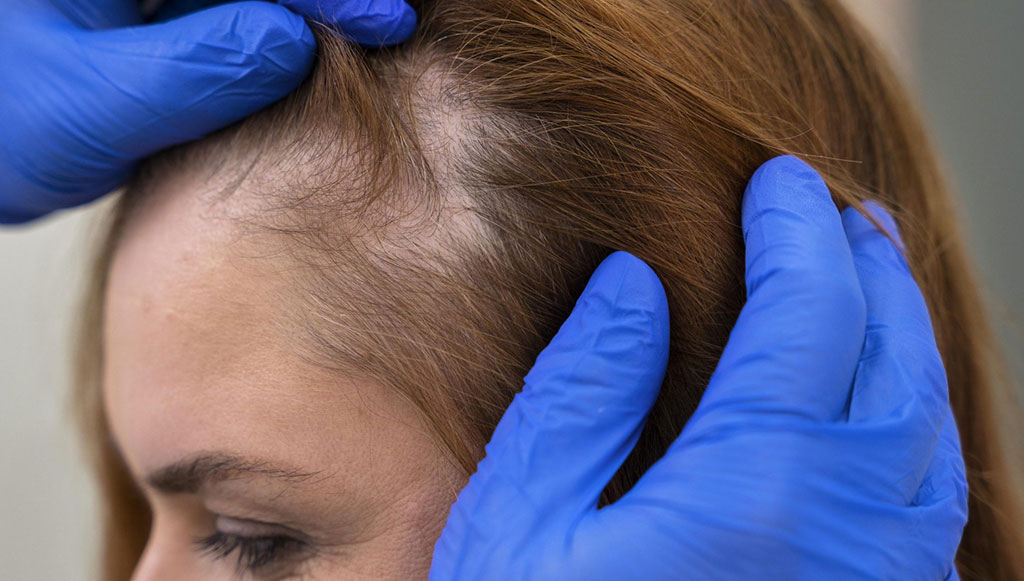Hair transplantation is a permanent and effective solution for individuals who care about their appearance. However, achieving satisfying results depends not only on the procedure itself but also on the post-operative process. At Zeynep Metin Clinic, we’ve prepared this detailed guide to help you understand what to expect from day one to a full year after your hair transplant.
Day 1: The Most Critical Phase
Right after the operation, it’s normal to experience mild swelling, redness, and tenderness on the scalp. During this time, it is crucial to avoid touching the transplanted area and strictly follow the doctor’s instructions, including prescribed medications and aftercare procedures.
Patients are usually discharged on the same day, with a protective bandage applied. It is important to sleep with the head elevated and avoid any strenuous activity.
Days 2–7: Healing Begins
In the first week, scabbing occurs in the transplanted area. These small crusts will naturally fall off on their own; they should never be picked or scratched. Hair washing with a special shampoo typically begins on the third day, under clinical guidance.
During this period, the hair follicles start to anchor themselves into the scalp, and swelling gradually subsides. Maintaining hygiene is essential to reduce the risk of infection.
Weeks 2–4: Shock Loss Phase
One of the most confusing stages for many patients is the shock loss phase, which usually begins during the second week. This involves the temporary shedding of the newly transplanted hair, which is completely normal and part of the natural cycle.
Shock loss allows the follicles to regenerate and grow stronger, healthier hair in the months to follow.
Months 2–3: The Waiting Game
Not much may be visibly happening during these months. Some individuals may notice small pimples or minor inflammation—an early sign that hair is starting to break through the surface. Itching or flaking may also occur.
This phase requires patience, as hair follicles are growing beneath the surface, but external changes are minimal.
Months 4–6: First Visible Growth
You’ll begin to see real progress around this time. Approximately 30–40% of the transplanted hair will begin to grow. Hair strands may still appear fine and soft, but they will thicken and become stronger over time.
At this stage, treatments like PRP (Platelet-Rich Plasma) may be recommended to support and accelerate growth.
Months 6–9: Major Visible Transformation
This is one of the most satisfying periods in the entire process. Around 70–80% of the transplanted hair will have emerged. Hair becomes visibly fuller, denser, and stronger. You’ll likely notice a clear difference when looking in the mirror.
By now, you can return to your regular hair care routine—cutting, blow-drying, and even light styling are all fine.
12 Months: Final Results Achieved
By the one-year mark, your hair transplant journey is essentially complete. Nearly all of the transplanted hair has grown in and now looks completely natural. The hair will grow just like your original hair, without falling out, and you can treat it normally.
In some cases, if the balding area was extensive or if the hair is naturally thin, a second session may be considered—but this varies by individual.
Conclusion: A Hair Transplant is a Journey, Not Just a Procedure
The hair transplant process is more than just physical—it’s a transformational journey. The key to success lies in patience and full compliance with post-op instructions. At Zeynep Metin Clinic, we are with our patients every step of the way, before and after the procedure.
If you’re ready to reclaim your hair, trust a clinic that’s with you not just for a day, but for an entire year.



